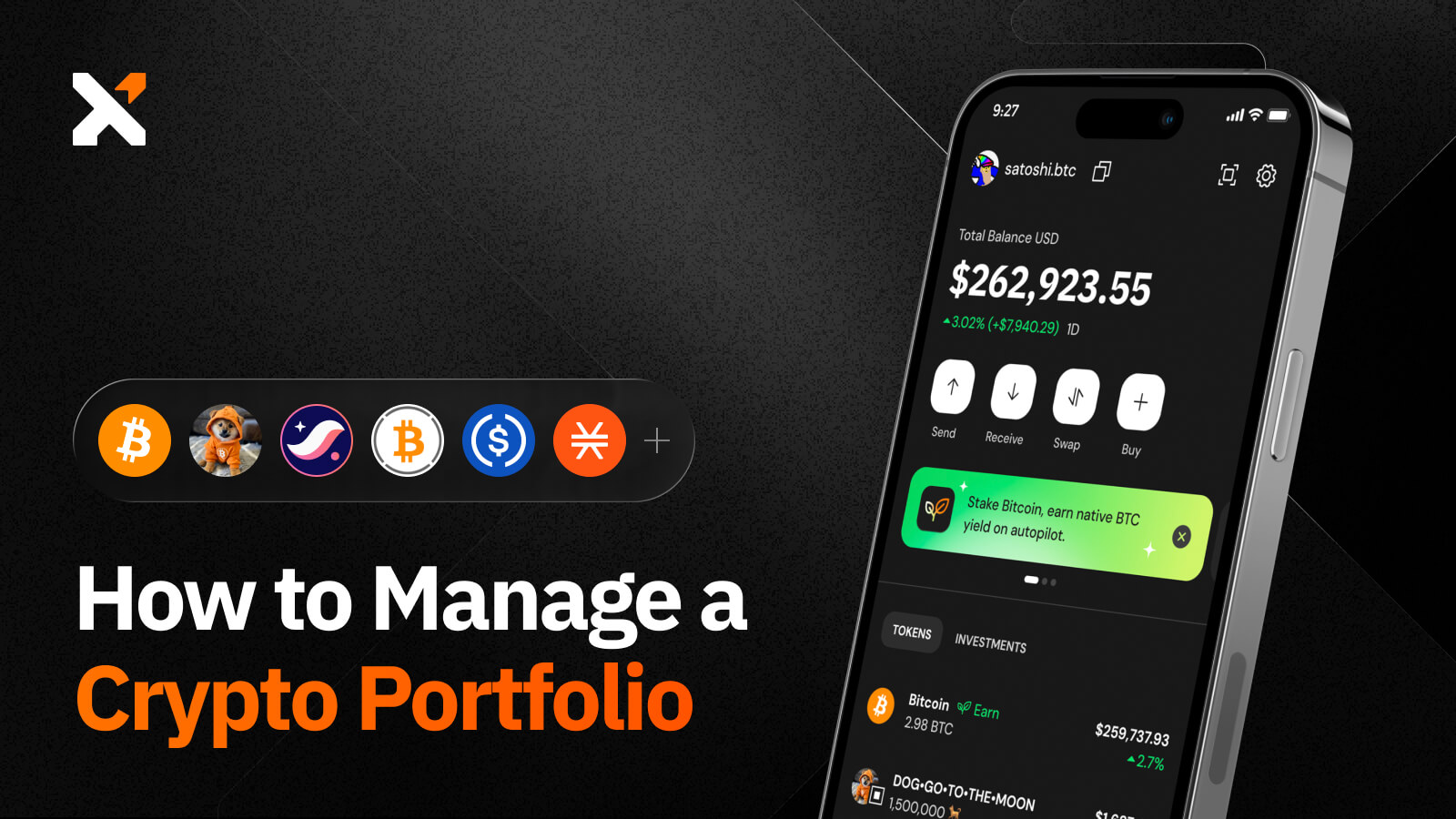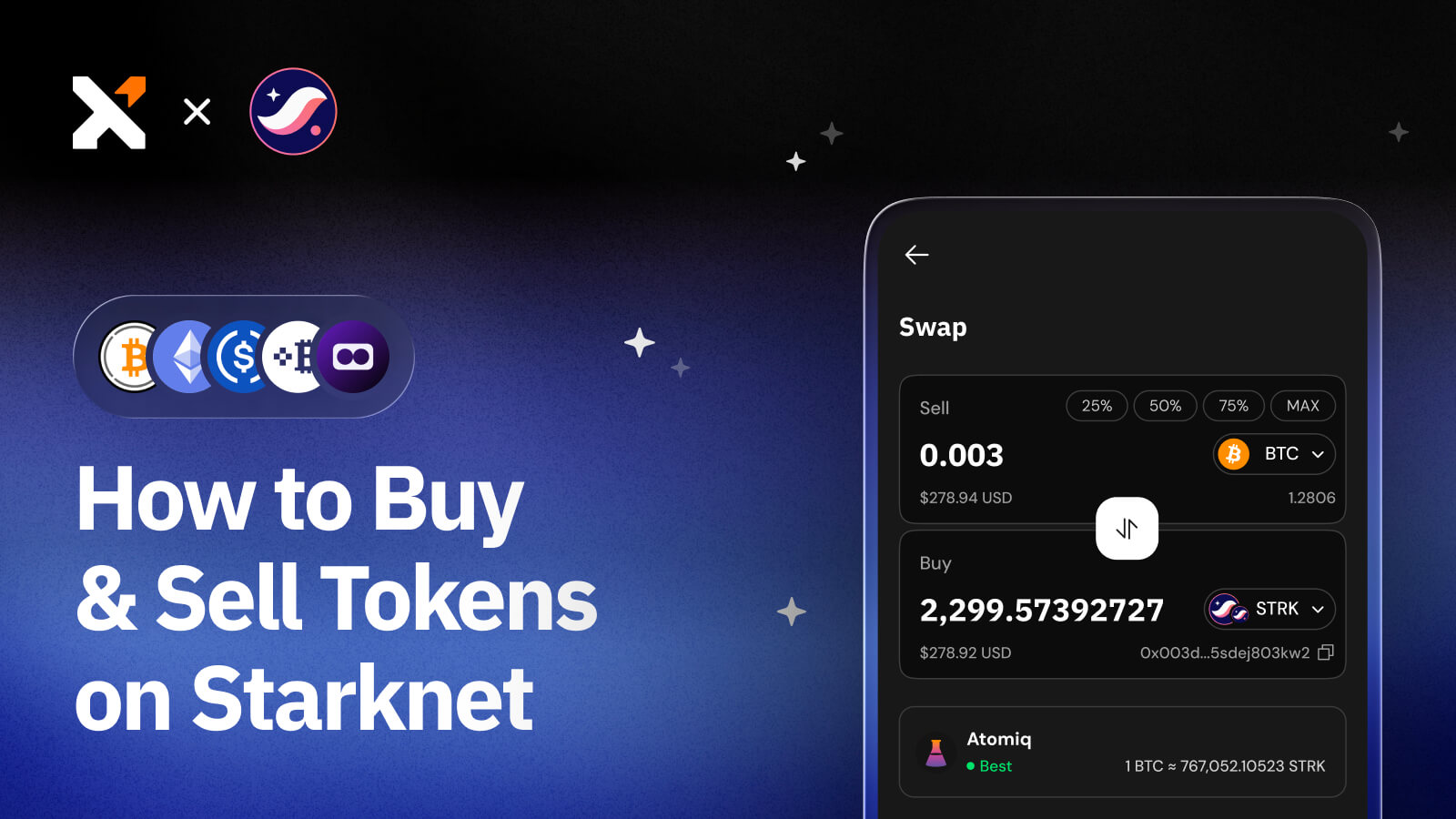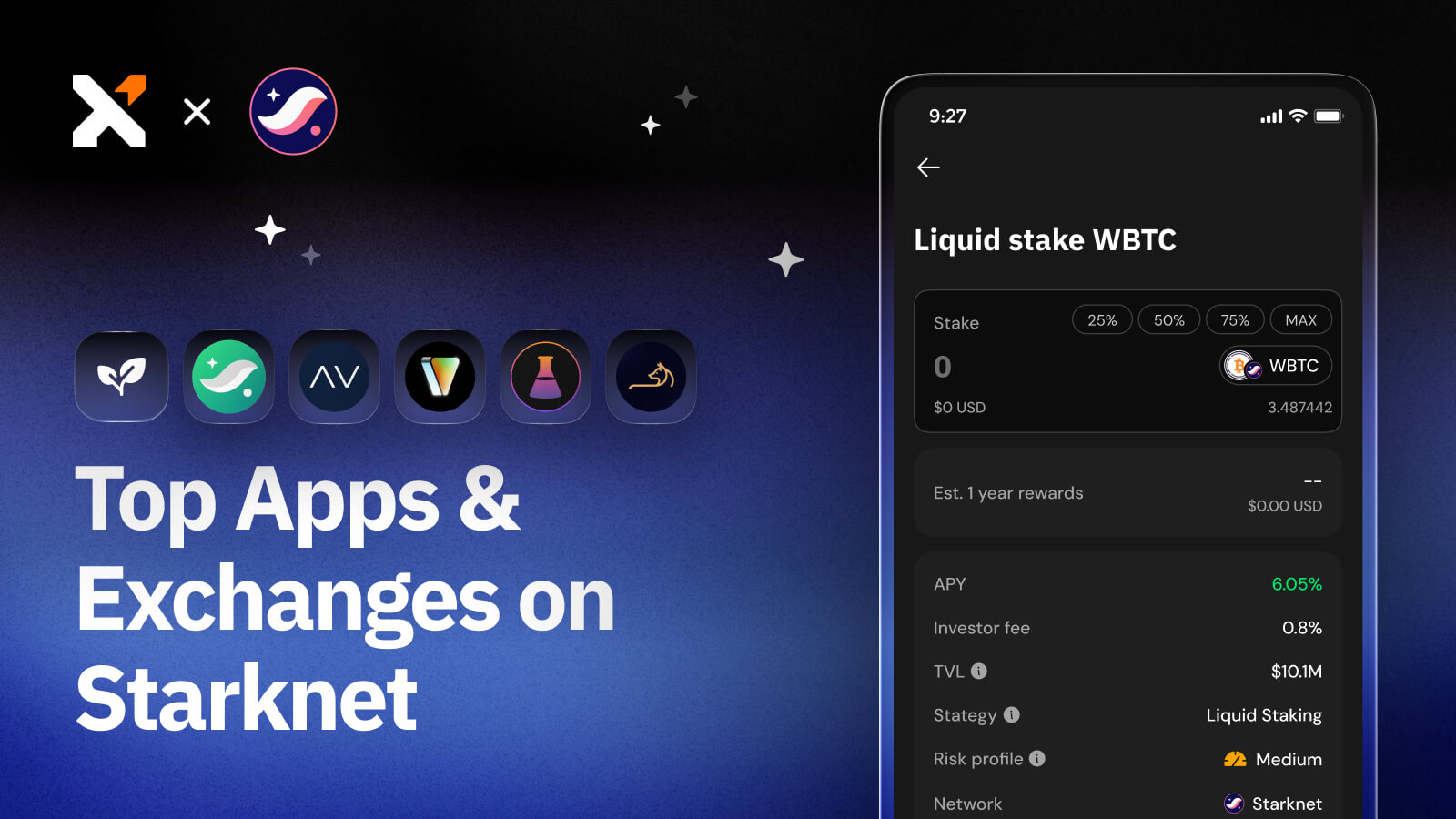What Is Bitcoin Mining & How Does It Work?
Learn what Bitcoin mining is and how you can get started in this comprehensive beginner’s guide.

Sign up for updates!
Stay tuned to our latest news and updates
.svg)
Bitcoin mining plays an integral part in processing transactions and securing the Bitcoin network. Read on to learn what Bitcoin mining is, how it works, and how to get started.
What is Bitcoin Mining?
Bitcoin mining refers to the process through which Bitcoin transactions are verified and confirmed, and new coins are introduced into circulation.
It requires specialized hardware called an application-specific integrated circuit (ASIC), which is programmed to produce the computing power needed to mine the cryptocurrency.
Miners employ this computational power and energy to process transactions, secure the network, and mint new bitcoin. In return for their contribution to the blockchain, they earn rewards in the form of newly mined bitcoin. These rewards plus transaction fees act as incentives, motivating miners to participate in the network, thus enhancing the Bitcoin network’s security.
How Does Bitcoin Mining Work?
The Bitcoin mining process occurs in several steps. Let’s break them down below.
Generating the Hash
At its core, Bitcoin mining is a guessing game where miners compete to solve a mathematical problem. The miner that first arrives at the correct or nearest “answer” (output) wins, allowing them to update the chain.
The mathematical problem that miners try to solve is the target hash, while the output is a hash equal to or less than the target hash.
A hash is a 64-digit hexadecimal code composed of numbers and letters. Every block on the Bitcoin blockchain has a unique hash associated with it and contains the previous block’s hash. This connects all blocks, creating an unbreakable chain.
The target hash is a network-generated number between 0 and 256 bits, which is converted from a hexadecimal to decimal form. The network decides the target hash after every 2,016 blocks.
To calculate the hash, miners adjust the nonce value until they generate the valid output. This is intense work which requires a lot of computational power. The winner is the first miner to randomly generate a hash less than or equal to the target hash. The winning output is broadcast to network nodes for validation.
A nonce (number used once) is a 32-bit value that miners adjust until they generate the correct output. When the mining process begins, the nonce starts at zero and changes at increments of 1, from 0,1, 2, 3, 4, and so forth.
A new block is then generated and filled with transactions by the winning miner. Once the block is filled with transactions to the maximum capacity, nodes verify these transactions to ensure they are legitimate. After validation, the block is mined, adding it to the chain.
In other words, the winning miner updates the blockchain by adding a block of newly verified transactions to the ledger. They then receive a predetermined block reward in freshly mined bitcoin in exchange for their work. Additionally, the miner earns the fees paid for the transactions inside this block.
New Bitcoin blocks are created roughly every ten minutes.
Proof-of-Work (PoW)
The process of guessing the valid hash output is called Proof-of-Work (PoW). PoW is the solution to the mathematical problem that miners compete to solve. This proof is included in a newly generated block, revealing that the miner produced the valid hash output by expending a significant amount of work in the form of energy and computational power.
Bitcoin mining requires miners to invest a good deal of their own money to participate in the network. This investment ensures that they will remain honest at all times.
Block Rewards
As seen earlier, new BTC enters circulation through the Bitcoin block reward system. This incentive program controls the Bitcoin supply, ensuring new coins are released into the market in a restricted manner.
By design, the Bitcoin block reward is slashed by half about every four years through a supply control measure called the Bitcoin halving event. This event will continue until the year 2140, when the supply limit of 21 million coins will be reached.
Bitcoin’s block reward has declined significantly since 2009, dropping from 50 BTC to 6.25 BTC today (2023). The next halving event, scheduled for April 2024, will reduce the reward to 3.125 BTC.
How to Start Mining Bitcoin

To start mining Bitcoin, you will need a Bitcoin wallet like Xverse, an internet connection, an ASIC miner, and a mining pool. Below is the to-do list that you must follow to start mining Bitcoin.
Do Your Research
Begin by learning as much as you can about Bitcoin mining. Find out what it is, how it works, why it’s important, the equipment you will need, the costs involved, the possible pools you can join, the best mining software, and the calculators you can use to estimate your earnings.
Create a Plan
Next, create a Bitcoin mining plan to guide you through the entire process. The plan should touch on the following aspects:
- The total budget. Break it down by allocating specific amounts to the equipment, electricity, internet, and pool fees.
- Define your source of electricity. Keeping your electricity costs as low as possible is best. Your electricity source also needs to be reliable and preferably clean. For instance, solar and wind are good sources of clean energy.
- Indicate how long you wish to mine Bitcoin.
- Plan for future expansion in case you decide to grow your mining operation.
- Identify where your mining operation will be located. This should be a well-ventilated facility with soundproofing to keep the noise of your hardware contained.
- Specify your desired mining pool.
- Estimate your return on investment (ROI) to determine if the venture is worth it.
Get a Bitcoin Wallet
Get a secure Bitcoin wallet like Xverse to store the private keys to your mining rewards. You can download Xverse on your iOS or Android device. The wallet is also available as a Google Chrome extension.
When setting up your Xverse wallet, make sure to write down the seed phrase and store it in a safe place.
Buy an ASIC Mining Rig
Once your Bitcoin wallet is all set up, you can start shopping for one or more ASICs, the recommended machines for highly competitive Bitcoin mining.
In the early days, you could easily mine bitcoin with a GPU or personal computer. However, solving the mathematical puzzle with a GPU or PC today will not get you anywhere, as the computation power of these devices is inferior to that of an ASIC.
Bitmain Antminer S19j Pro+, Canaan AvalonMiner 1246, Whatsminer M30S++, and DragonMint T1 are examples of ASIC mining rigs. The cost of most ASICs starts from $1,000.
When shopping for an ASIC, examine the hardware’s hash rate and power consumption. The hash rate measures the performance and efficiency of an ASIC in Terahashes per second (Th/s). The higher an ASIC’s hash rate, the better its performance.
Download Bitcoin Mining Software
Bitcoin mining software provides an interface where you can manage your mining rigs and pools, adjust settings, and view your mining hash rate and earnings.
You can download mining software on Windows, Linux, or Mac. Before downloading mining software, ensure it is compatible with your mining hardware. Some of the top Bitcoin mining software include CGMiner, EasyMiner, and Awesome Miner.
Once you have downloaded your software, set it up by connecting it to your mining rig.
Join a Reputable Mining Pool
Mining pools allow individuals to combine their computing power with other miners, boosting their chances of winning a block reward. Pools distribute rewards among all miners based on the computing power they have contributed. Also, pools charge a fee deducted from the rewards a miner earns.
Examples of Bitcoin mining pools include Antpool, Braiins Pool (formerly Slush Pool), F2Pool, and BTC.com.
Start Mining
Once you have added your pool to the mining software and everything else is set up correctly, your rigs will start mining. Rewards will not necessarily start flowing in immediately, so be patient.
Can You Still Make Money as an At-Home Bitcoin Miner?
At-home Bitcoin miners are at a disadvantage to large-scale miners with warehouses full of mining rigs. As a result, joining a mining pool is a great way to improve your chances of earning a reward.
That said, it’s crucial to remember that your mining rewards will be affected by the number of total Bitcoin miners, the BTC price, the cost of electricity, the efficiency of your mining rigs, the number of mining rigs you have, the cost of your ASICs, and mining pool fees.
Chances are that your small at-home Bitcoin mining operation will not be profitable unless you have the ability to tap into a low-cost energy source.
Stacking STX to Earn Bitcoin Rewards: An Alternative to Mining

Bitcoin mining is an investment-heavy venture beyond many people’s budgets. Nonetheless, you can still earn BTC rewards via a low investment option like stacking STX tokens.
Stacking STX entails locking up STX tokens for a certain period of time to secure the Bitcoin Layer-2 Protocol Stacks. In exchange for their contribution, stackers earn rewards in BTC, which they can securely store in the Xverse Bitcoin wallet.
The minimum amount required to stack solo is 100 STX. However, this price point is still high for most people. Fortunately, stacking pools like Xverse have an affordable entry point suitable for small investors. With 100 STX tokens, you can start stacking on the Xverse pool today. The pool doesn’t charge any fees, and the estimated annual percentage yield (APY) is 9%.
If you decide to stack STX, you can use the Xverse Stacks wallet to securely store and manage your Stacks tokens.
FAQs
What does mining Bitcoin mean?
Mining Bitcoin is the process through which transactions are validated, and new coins are added to circulation. It’s used to secure the network by requiring miners to provide “proof of work” in the form of energy and computation power. This investment keeps miners honest while rewarding them with newly mined BTC and transaction fees.
New coins are added into circulation through block rewards, which are given to the miner that randomly generates the target hash the fastest.
Is Bitcoin mining profitable?
It depends. The upfront costs of mining Bitcoin are quite high, while the probability of earning a reward isn’t guaranteed. Therefore, it’s difficult to tell whether you will make money. The factors that determine Bitcoin mining profitability are the cost of mining hardware, the number of mining rigs you use, the cost of electricity, the mining difficulty, and the price of BTC.
Mining difficulty is the time it takes to find the correct output hash. It increases as more miners join the network.
How much does a Bitcoin mining rig cost?
The cost of most mining rigs starts from around $1,000, but since you probably need more than one piece of equipment to boost the probability of earning a reward, this cost could rise. For instance, the price of an ASIC like Bitmain Antminer S19j Pro+ is above $1,700, meaning you need at least $10,000 to create a setup of five ASICs.
Antminer S19j Pro+ offers a hash rate of 122 Th/s, which is relatively low compared to Bitmain S21 Hyd’s 335 Th/s. For this level of performance, though, you will have to part with way more money as the cost of the rig is around $11,000.
You should choose an ASIC model based on its performance and power efficiency. Therefore, compare the specs of different models before buying.
Is Bitcoin mining legal?
Bitcoin mining is legal in most jurisdictions, but you should speak to a legal expert to ensure that that is also the case where you plan to mine bitcoin. Countries that have banned Bitcoin mining include China, Morocco, Iraq, Nepal, and Egypt.
Share this article



.svg)




